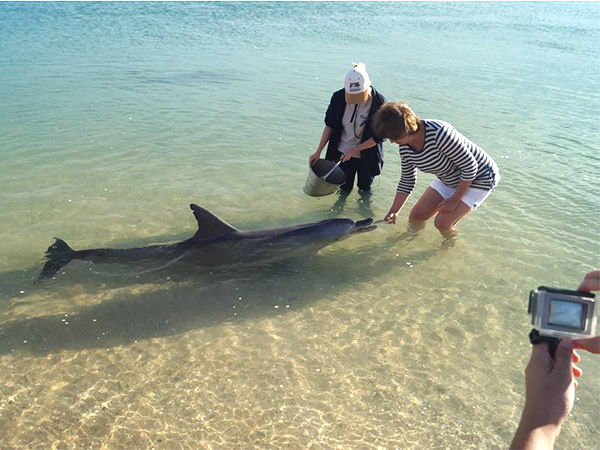The training program not only helps dolphins detect underwater mines but also teaches them how to use head-mounted weapons to attack divers, even attach bombs to submarines.

Dolphins are carnivores, mainly eating fish and squid. The Delphinidae family is the largest family of dolphins and also the latest family to appear: about 10 million years ago, in the Middle Ages. Dolphins are one of the intelligent animals and are well known in human culture for their friendly appearance and mischievous attitude.

Here are 10 basic steps to train dolphins to become Soviet assassins in the 1960s:
- First have to find a dolphin. Traders can buy dolphins at the black market. But according to the Law on the Protection of Mammals issued in 1973, you can be fined if you are found to be trading in dolphins.
- Keep wild dolphins or keep them in cages and isolate them from other dolphins.
- Create close relationships with dolphins by spending time playing with it.
- The US Navy’s marine mammal training program uses a positive approach to training dolphins and other marine mammals.
- But the Soviet dolphin training program used harsher measures, such as lifting cages out of the water when dolphins resisted, forcing them to wear armor or muzzle.
- Do not feed the dolphins so that they depend on the trainer. They only get food when performing the trainer’s requests, like destroying enemy divers.
- Dolphins are animals that do not like to live alone. When released after a period of isolation in cages, they will be very excited and ready to perform the task.
- One note when training dolphins is not to apply electricity to their brains. The Soviet Union tested this method and found that dolphins often die.
- Put weapons on the dolphins’ heads and train them to swim to enemy divers before using weapons on their heads to attack.
- The dolphin training team of the US Army often rewards sardines to dolphins after they “kill” enemy divers in training sessions.



